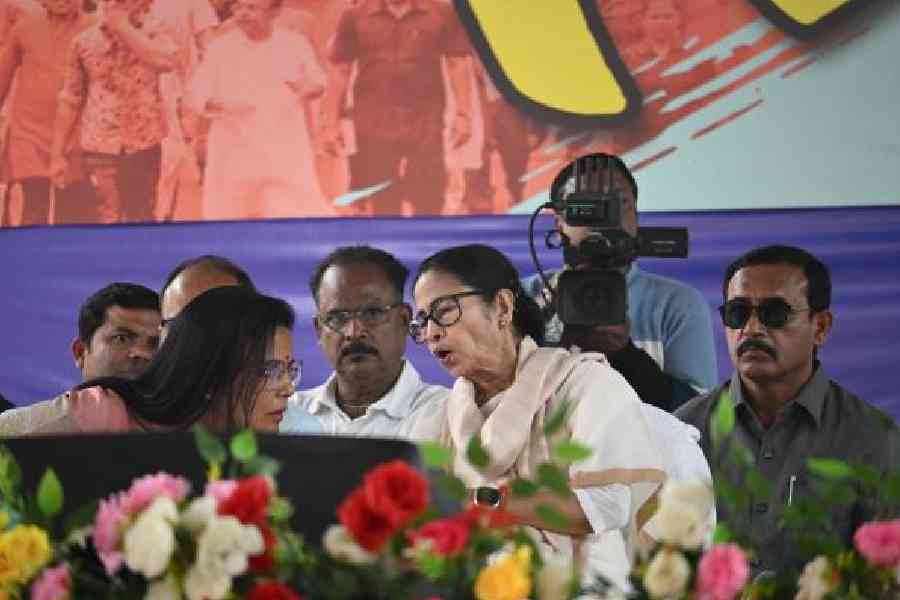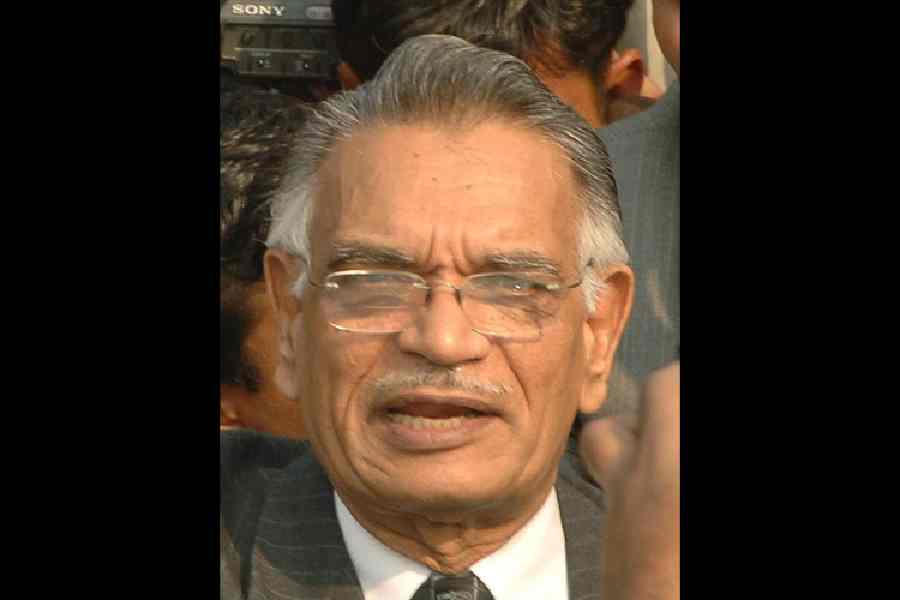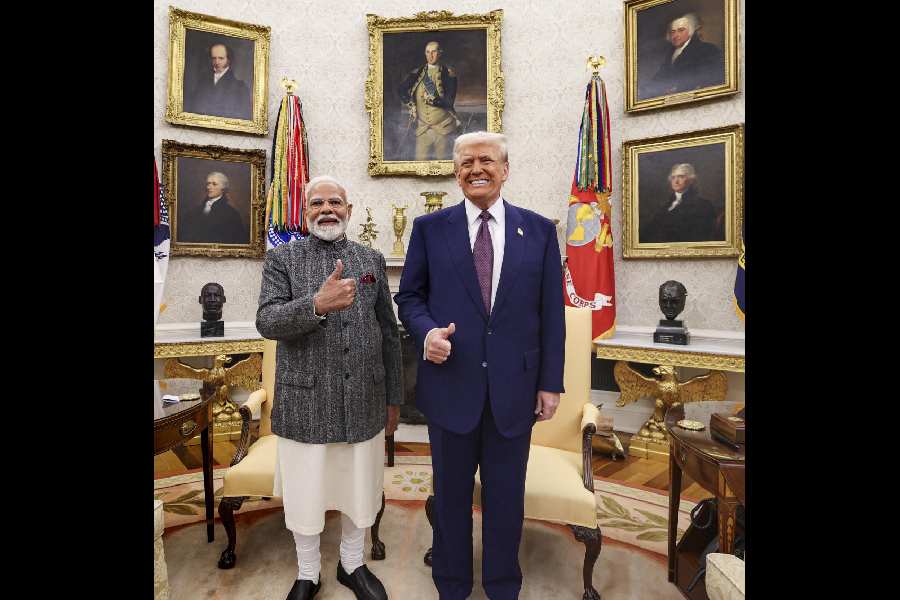
Picture by Sam Pressman
New Delhi, Oct. 17: Notes that mathematical genius Srinivasa Ramanujan wrote on his deathbed 96 years ago have revealed a formula that connects a special number, 1729, with modern concepts and highlights the timelessness of his work, American researchers have said.
Mathematician Ken Ono and graduate student Sarah Trebat-Leder have shown that the formula, which they are calling a "magic key", connects the number 1729 with concepts other mathematicians began to explore and recognise only decades after Ramanujan's death.
The number 1729 has long been part of Ramanujan lore. In the year 1918 when Ramanujan was ill in a British hospital, the English mathematician G.H. Hardy, who was the Indian's friend, noticed the number on the back of a taxi and mentioned it to him as a "dull" number.
But Ramanujan gently corrected Hardy, saying 1729 was the smallest number that could be expressed as a sum of two cubes in two different ways. It can be represented either as 1-cubed plus 12-cubed or 9-cubed plus 10-cubed.
Mathematicians now call 1729 the Hardy-Ramanujan number.
"Ramanujan was a wizard with formulas. They've inspired and powered (present-day) mathematicians," said Ono, a professor at Emory University in the US and associate producer for The Man Who Knew Infinity, a film depicting Ramanujan's life and starring Jeremy Irons and Dev Patel that premiered at the Toronto Film Festival last month.
"His formula with the number turns out to be exactly the stuff for the things that mathematicians are doing now."
Ono had helped with parts of the biopic's script that related to mathematics, chosen some of the props and rehearsed with the actors.
"I helped them act like mathematicians," Ono told The Telegraph. "They were very surprised to learn about the passion that mathematicians have for their work and ideas."
A paper on the formula by Ono and his student will appear in the journal Research in Number Theory.
The paper links the number 1729 to complex mathematical entities called elliptic curves and K3 surfaces that in recent years have found application in cryptography and theoretical physics.
"This paper adds yet another truly beautiful story to the list of spectacular recent discoveries involving Ramanujan's notebooks," said Manjul Bhargava, a number theorist at Princeton University and winner of the 2014 Fields Medal, a prestigious mathematical award.
"Elliptic curves and K3 surfaces form a next frontier in mathematics, and Ramanujan gave remarkable examples illustrating some of their features that we didn't know before. These will take mathematics forward," Bhargava said in a media release that was issued by Emory University.
Ramanujan, who was largely self-taught, made extraordinary contributions to several branches of mathematics before dying of tuberculosis in 1920 at age 32. But his legacy continues to fascinate researchers.
During a trip to England two years ago, Ono had been rummaging through the Ramanujan archives in Cambridge when he noticed a formula that pointed out the special properties of 1729.
"This number mysteriously crops up in different areas of mathematics," said Sujatha Ramadorai, a mathematician at the University of British Columbia who was not associated with Ono's work but is familiar with the research.
The formula that Ono found in Ramanujan's notes, written a year later, linked this number through equations to elliptic curves. Ono also found that Ramanujan had in those notes identified what mathematicians would much later call a K3 surface.
It was only in the 1950s that the French mathematician Andre Weil had identified and formally named K3 surfaces.
"The relevance of K3 surfaces to modern theoretical physics continues to tantalise and excite researchers," Ramadorai said.
"The work by Ono and his team provides yet another insight into the depth and the timelessness of Ramanujan's work. His ideas continue to fascinate and unravel as they intersect new emergent ideas in pure mathematics with the old."










